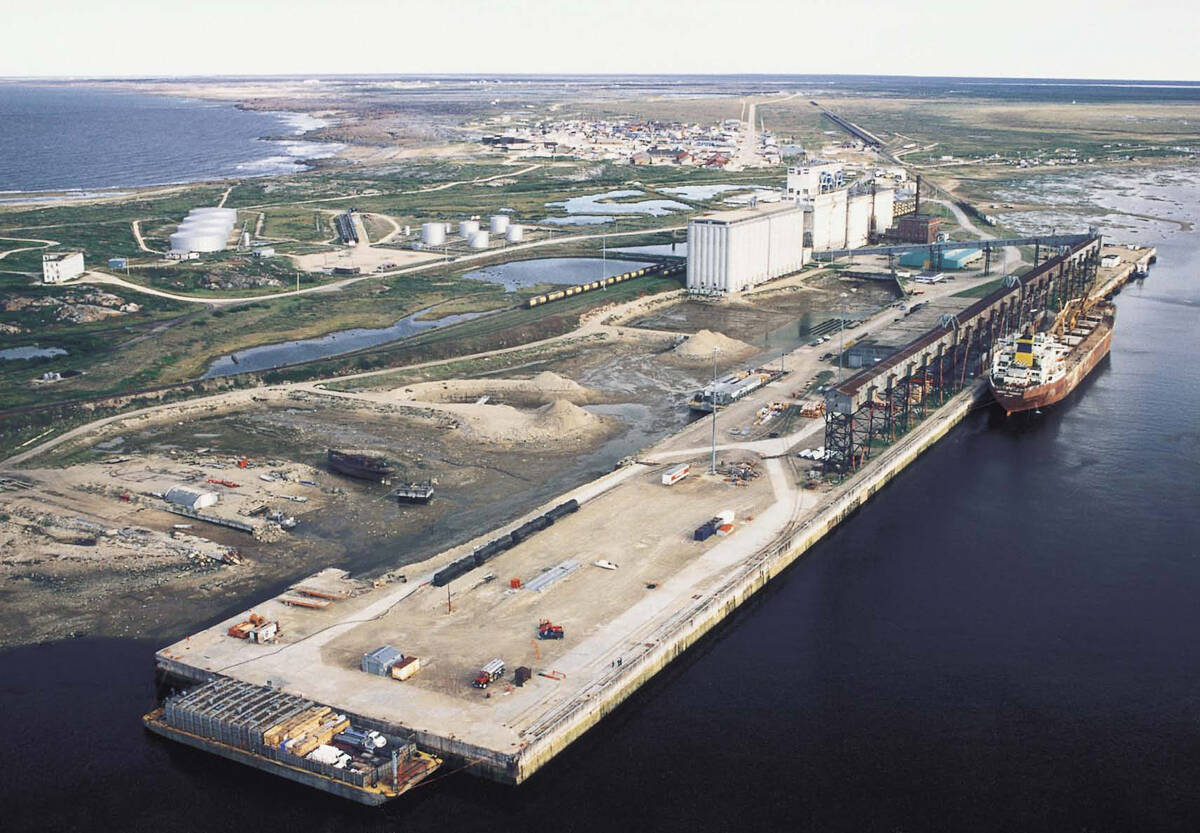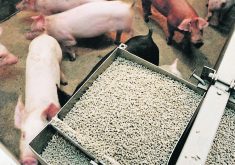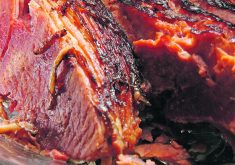We’re eating a lot more pork in my house these days.
It’s all about price.
Beef, the main meat the five in my family have consumed for years, has gotten so expensive that buying some ribeyes for the barbecue, a Sunday roast or even a tray of ground beef for Taco Tuesday feels prohibitive.
Instead, I pick up pork chops and pork tenderloin, and I’m learning how to cook with ground pork. I’m looking forward to ribs season. I am thrilled that there’s The Other Red Meat for me to feed my kids until beef comes back to earth.
Read Also

Defence investments could benefit agriculture
A bump in Canada’s NATO spending commitments could lead to infrastructure investments that would benefit rural areas
That’s why I take more than a professional interest in the constellation of factors that could cause today’s affordable pork to climb the price ladder toward the beefy stratosphere.
Several factors are circling the American and Canadian hog industries and threatening their ability to produce top quality meat at an affordable price.
Take Proposition 12, the California initiative that could see the state ban pork from barns and places that don’t have open housing for gestating sows, as well as requiring open housing that goes beyond the sorts of open housing that many new barns have built.
It could cut off California’s bigger-than-Canada market from most of North America’s hog production. And if Proposition 12 survives the present legal challenge, which is before the U.S. Supreme Court, a number of other states could quickly match Prop 12. That would chop up the North American market and make things complicated for farmers, packers and grocers.
“It’ll slow down growth and it will raise price,” said John Anderson, a Minnesota hog industry leader, when he spoke to Manitoba hog farmers in Winnipeg last week.
That’s the most obvious impact of messing with a continental market that is hyper efficient and provides high quality, low-cost meat. Dividing the market into several pieces with prohibitions and regulatory barriers will undoubtedly introduce inefficiencies and boost costs and prices without protecting profitability.
Similar impacts could come from the introduction of voluntary country-of-origin labelling (vCOOL) in the U.S. While much less offensive and disruptive than mandatory labelling, voluntary labelling threatens to add complexity to the pork marketing system if it is widely adopted.
If “Made in the USA” labelling is used sparingly, for premium or niche pork products from pigs born, raised, slaughtered and retailed entirely in the U.S., then it shouldn’t be too costly or disruptive for the meat marketing system.
But if a large percentage of the U.S. grocery industry begins carrying vCOOL USA labels (assuming the labelling regulations become law), then the same costly and price-boosting impacts as mandatory COOL could occur. Packers will have to segregate farms, pigs and slaughter days and ensure no non-compliant pigs get into the plant on the wrong day, then ensure everything’s labelled correctly, then get it to the right places without screwing up.
That all adds cost.
The biggest temporary impacts on price could come from a disease outbreak. If something like African swine fever appears in North America, trade disruption will become extreme. With any luck, prohibitions on movement will be restricted to defined zones where the disease is present, but these situations provoke governments to more extreme prohibitions, especially if driven by fear of public hysteria.
A zoned approach would let most North American hog and pork flow continue, regardless of the international border, and prevent an industry collapse. Prices would be volatile, but might settle out quickly if an outbreak was contained and most of the industry could continue on normally.
Any overreaction would see prices go haywire, as sudden slaughter gluts and consumer pork avoidance crash into collapsing production and pork disjunctures, as happened during the pandemic’s early days.
The concerns underneath these three issues can all be dealt with in ways that don’t overturn the applecart and send prices spiralling and pork supplies plummeting.
Animal welfare concerns can be addressed and open housing adopted across the industry if a realistic approach is taken. But that isn’t the case with Prop 12.
Allowing for voluntary “Made in the USA” labels shouldn’t be a problem, unless it becomes something that turns packing plants into traffic jams and the pork marketing system into a legal war zone.
A foreign animal disease outbreak would no doubt become a short-term nightmare with major impacts for pork prices, but it wouldn’t have to become a catastrophe.
Pork is an affordable meat. We’re used to that here in North America.
We take it for granted, but we shouldn’t. It’s one aspect of living in a free and well-governed part of the planet.
But we need to be vigilant when well-meaning measures are allowed to cut deep into the heart of our food production system. In the end it’s the consumer and the farmer who pay.
Perhaps none of these risks will manifest in the ways some fear. That would be great.
But it’s best to get on top of these issues now, before they become crises, because you won’t want to hear the whining that will come from consumers like me if we have to avoid pork too.
















